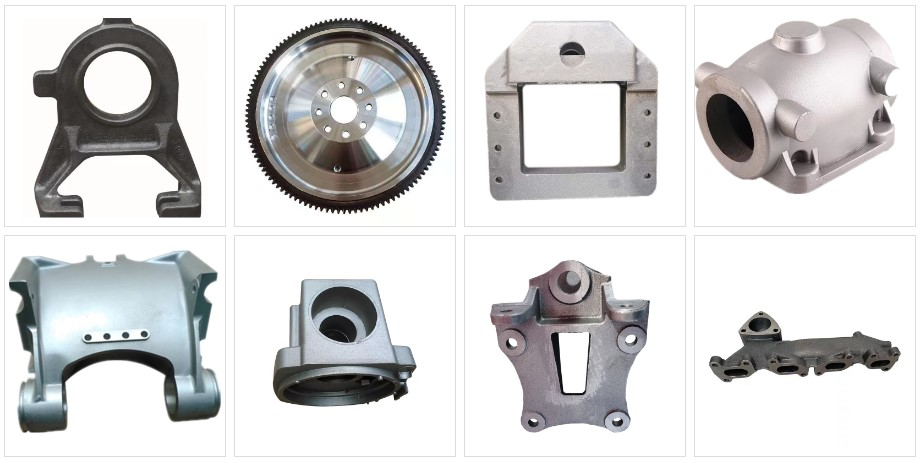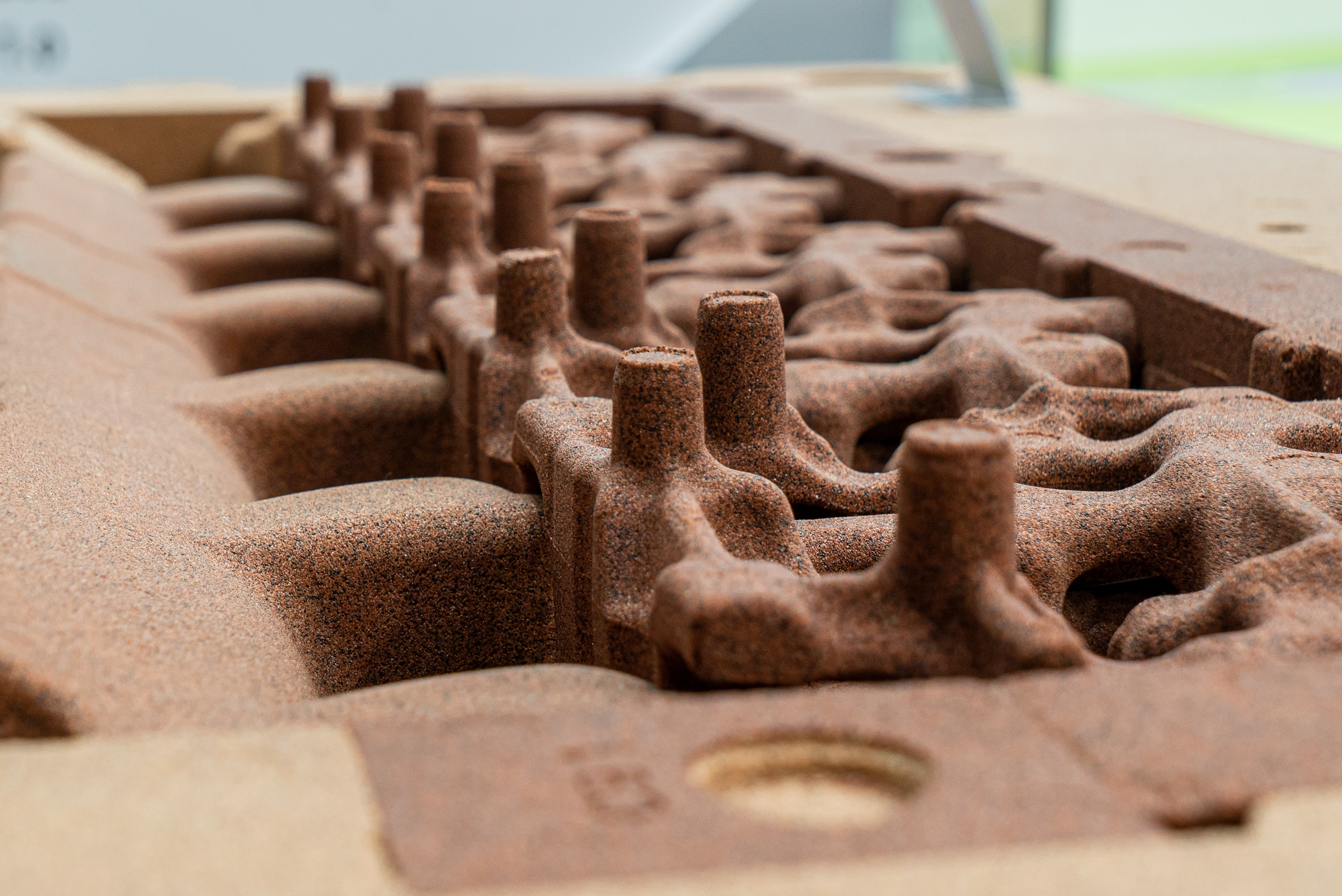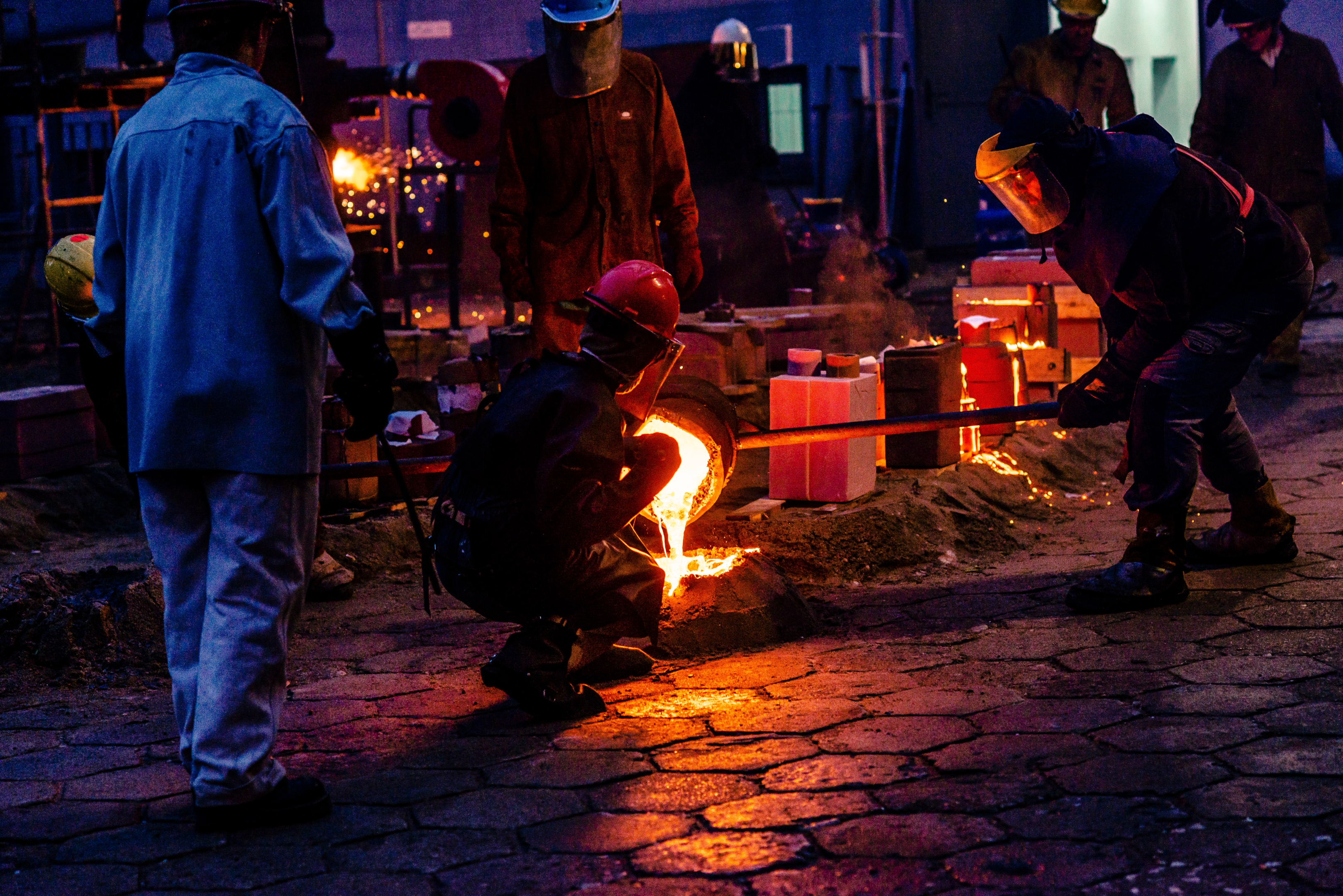Tolerance is the precision with which a foundry has manufactured an object to meet the specified dimensional requirements. The tolerance of casting is determined by the measurement of the mold, which will also determine how much molten metal is poured. The amount of shrinkage also identifies the tolerance it has once the casting has solidified.
The castings produced using this process typically have higher tolerances than other casting methods, making them well-suited for applications that require high levels of accuracy and repeatability.
Getting a Grasp of What Sand Casting Is
This casting type offers several advantages, including low cost, high accuracy, and the ability to create complex shapes. It also offers a wide range of metal alloys, allowing for the production of strong, durable products.
It is a highly versatile process and can be used to create a wide variety of shapes and sizes.
What are Sand Casting Tolerances?
Sand casting foundries are not able to produce cast parts with tighter tolerances. Casting tolerances are important for all cast components produced. These are included in the evaluation of cast parts during inspections.

Tolerance grades are essential for creating high-quality components. By setting appropriate tolerances, sand castings can be made to meet the exact specifications required for the application.
One of the most important aspects of sand casting is that the tolerances must be maintained. When it comes to sand casting, tolerances must be set in order to build a high-quality part. Each kind of application and the complexity of the component may require different sand casting types.
Linear Tolerance
It is important to consider linear tolerance when designing metal parts for sand casting, as it can affect the strength of the finished product.
This type of casting tolerance is used to define the maximum variations in the length, width, and depth of a component. The linear tolerance is usually expressed as a percentage of the total length or width of the part. For example, a tolerance of 0.1% would mean that the component can vary in length or width by no more than 0.1% of its total length or width.
The amount of linear tolerance depends on the casting size. Parts with smaller dimensions are usually more difficult to cast with a good degree of accuracy and therefore require a higher linear tolerance.
On the other hand, less tolerance is acceptable for large castings. The casting sand can more easily fill in the larger spaces of the mold.
The thickness of the walls of the part also has an effect on the linear tolerance, as thinner walls may require higher tolerances.
Dimensional Tolerances
One of the major issues with sand casting is that it is difficult to maintain tight dimensional tolerances. The sand molding process is inherently imprecise, which can lead to variations in the finished product. This is why sand casting is usually used for parts with generous tolerances or parts where precision is not critical.
Fortunately, several techniques can be used to improve dimensional tolerances in sand casting. These techniques include core placement, gating, and post-casting machining.
Core placement is a technique that is used to ensure that the internal features of the casting are accurately placed into the sand mold. A core is used within the sand mold. The molding sand keeps the core intact inside the sand mold. This process involves making sure that the cores are placed in the correct location, at the correct angle, and with the correct amount of pressure.
Gating is another technique that can be used to improve dimensional tolerances in sand casting. It involves creating a system of gates and risers to control the flow of molten metal into the mold. This helps to ensure that the castings are properly filled and reduce variations in the finished product.
Post-casting machining is a technique that can be used to achieve the desired casting dimensions. This process involves machining the casting after the casting process is complete. This can help to reduce variations in the casting, but it can be expensive and time-consuming.
Surface Tolerance
Having knowledge of the limits of the sand casting process is required to have the expected outcome of the casting. The materials used in the casting processes should also be identified and characterized. By following these, you can ensure that the sand casting meets the surface tolerances.
The size of the sand grains and the shape of the sand determine the surface tolerances of casting. It also determines the number of surface imperfections that can occur when the molding is filled with molten metal. These imperfections can affect the size, shape, and surface finish of the finished part.
What Changes The Casting Tolerances
Achieving the desired casting tolerances can be a challenge, as there are many factors that can affect the level of accuracy.
It is important to consider the size of the part, the material being used, the type of sand, and the equipment used for the casting. By taking these factors into account, it is possible to achieve a higher level of accuracy, resulting in stronger and more reliable parts.
Material Selection
The alloy composition used in a casting process is an important factor in determining the amount of tolerance. Materials with different properties, such as hardness and ductility, can have an effect on accurate dimensions.
When it comes to green sand casting, there are two main categories: shrinkage and expansion. Shrinkage is the process of the sand shrinking when it cools, while expansion is the process of the sand expanding when it is heated. These two processes are important for creating a strong, durable mold.
The amount of shrinkage allowance needed depends on the type of metal used and the size of the green sand casting. Generally, the additional inch allowance should be between 0.5% and 1.5% of the casting size. It’s usually best to put the allowance in areas where it won’t affect the overall casting dimensions, such as the wall thickness.
Casting Mold

The molds must be designed to be precise and consistent in order to achieve the desired results. If the mold is not designed properly, it can lead to uneven cooling, which can cause parts to be distorted or warped.
Additionally, the mold must be made from the correct grains to ensure that the metal is properly contained within the mold. If it is too fine or too coarse, it can affect the casting process, leading to poor tolerances.
Casting Processes
The type of casting process used can influence the number of tolerances achieved. For example, sand casting typically has the lowest tolerances, while die casting has the highest. The type of casting process should be carefully considered when determining the desired tolerance grade.
Melt Temperature
The temperature of the melt can also have an impact on casting tolerances. If the melt is too hot, it can cause the material to expand and can lead to shrinkage in the finished product. On the other hand, if the melt is too cold, it can cause the material to become brittle and can lead to an increase in tolerances.
Surfaces
The surface finish of the casting is another factor that can affect the tolerance of the finished product. Rough surfaces tend to have higher tolerances than smooth surfaces, as it is easier to account for the variation in the material.
Tolerance Grade Differences in Investment Casting Process and Sand Casting

Each method has its own strengths and weaknesses, so it is important to understand the differences in tolerance grade capabilities between the two processes.
Investment casting uses wax casting to create a mold. The wax casting pattern is injected with a molten metal, which solidifies and forms the desired output. Investment casting has the capability of producing parts with a high degree of accuracy and repeatability. This process is also capable of producing parts with very high tolerances, making them ideal for applications that require high precision.
Sand casting also allows for a wide range of tolerances, depending on the material used for the casting. However, due to the nature of this type of casting, the tolerances are usually less precise than those produced by investment casting.
While investment casting is capable of producing parts with higher tolerances, sand casting can be used to create parts with lower tolerance grades and at a lower cost. It is important to consider the requirements of the application and the budget when selecting between the two processes.


